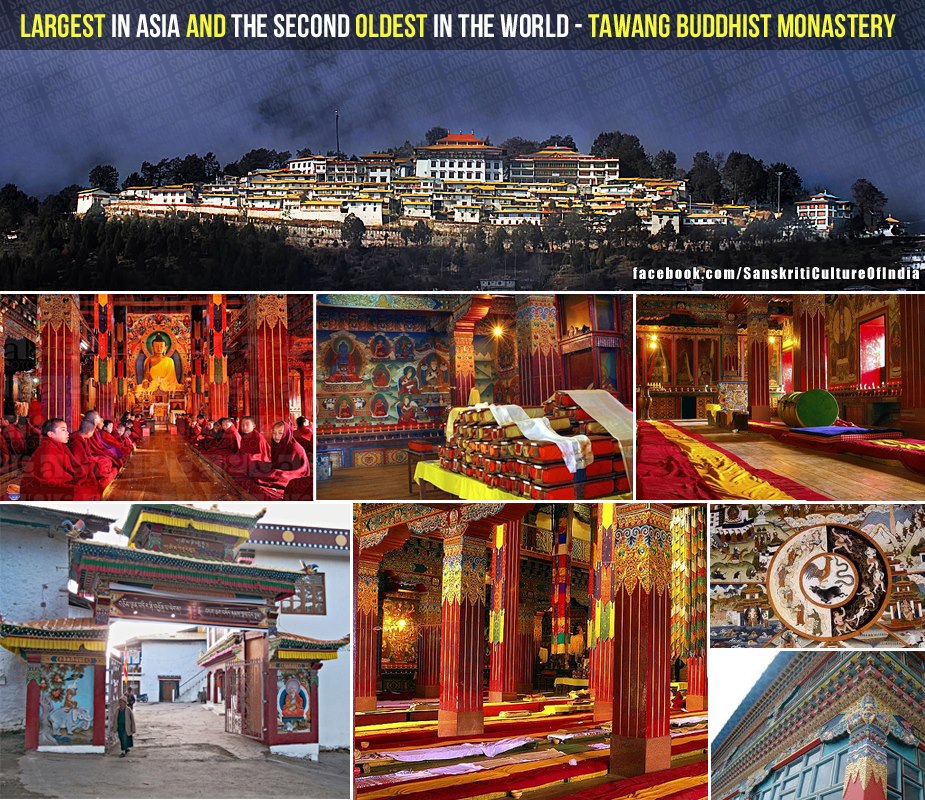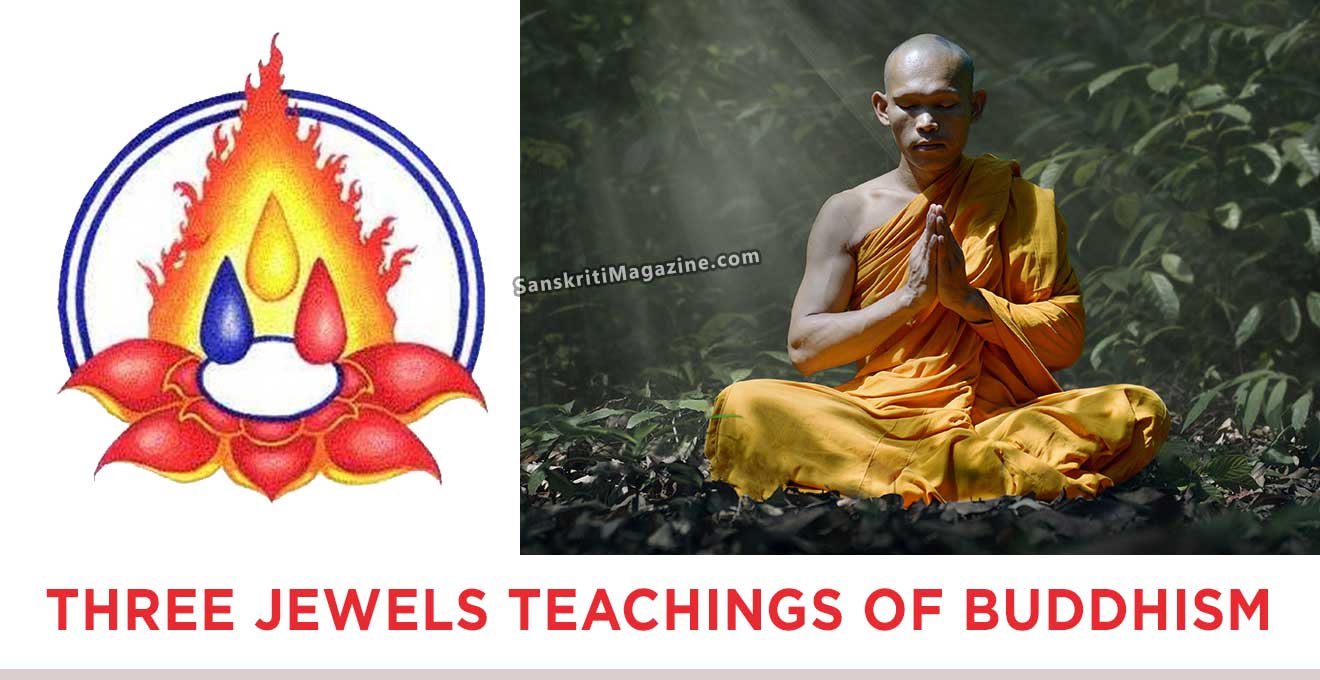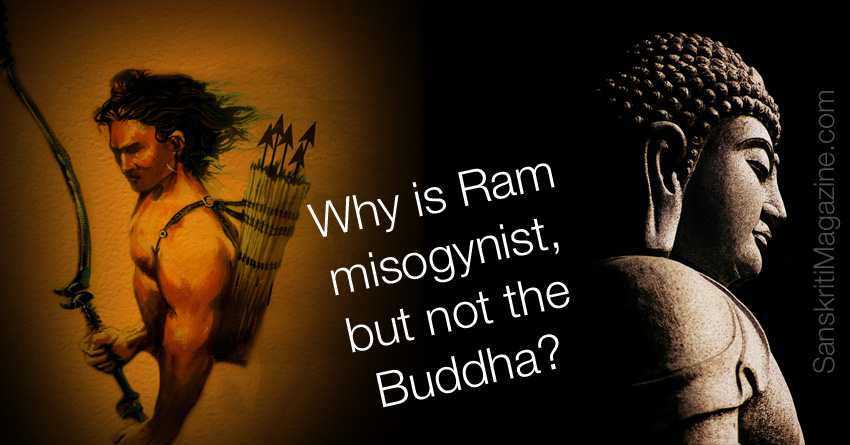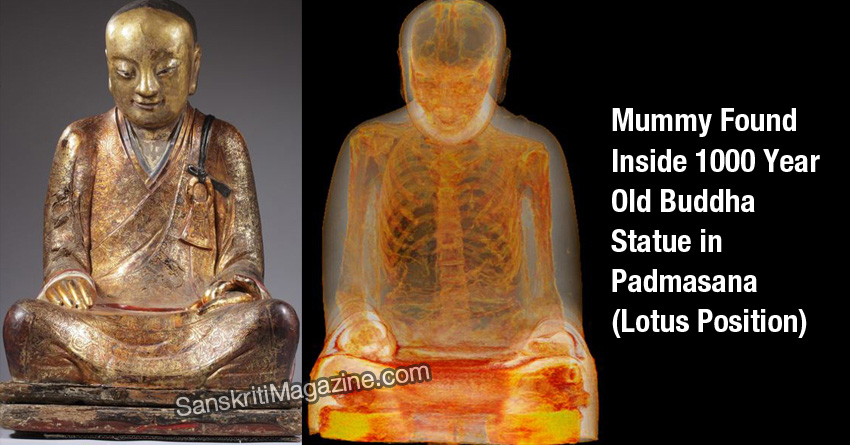Home away from “Home” for Tibetan form of Mahayana Buddhism!
The second largest in Asia and second oldest in the world, the Tawang Buddhist Monastery is located in Tawang, Arunchal Pradesh, at an altitude of approximately 10,000ft. Home to more than 700 monks and 450 Lamas, it is also the biggest Buddhist Monastery in India. His Holiness, Tsangyang Gyatso, the 6th Dalai Lama was born near here.
Tawang Monastery belongs to the Gelugpa school and has a religious association with the Drepung Monastery in Lhasa. It is the hub of Mahayana tradition, one of the two main existing branches of Buddhism. This area became a matter of major political dispute between India and China after India’s independence in 1947.
The monastery has witnessed many important historical events throughout the years. Lhanzang Khan, with the support of Kangxi Emperor invaded the monastery in order to depose the 6th Dalai Lama. It is also the sanctuary that the current Dalai Lama, Lama Tenzin Gyatso fled to after his failed rebellion against the Chinese government. China went to war with India for giving asylum to the Dalai Lama along with 85,000 Tibetan refugees, due to which many brave Indian soldiers were killed defending this land.
The name of this monastery literally means “horse chosen” and was founded in the 17th century by Mera Lama Lodre Gyatso who was fulfilling the wish of the 5th Dalai Lama, Nagwang Lobsang Gyatso. After a long and unsuccessful search for a suitable place for the monastery, Mera Lama decided to take divine guidance in a cave, leaving his horse outside. When he came out of the cave, the horse was missing and his search led him to the horse standing on a hilltop. Taking this as a clue from the divine, Mera Lama decided to build the monastery there and was assisted by neighbouring villagers who volunteered to fulfil the wishes of the Dalai Lama and Tawang was the end result.
Parts of the monastery have been destroyed by Chinese soldiers during the Indo-China war and currently it is still under threat of landslide due to corrosion by the river that flows by. This being the only monastery outside Chinese control that in the past has named a Dalai Lama, China fears that the next Dalai Lama may once again be named from Tawang, frustrating their efforts to strictly control the succession process to facilitate integration of Tibet into China.
China claims Arunachal Pradesh as its territory because it was once part of Tibet but India refutes the claim, stating that despite close links with Tibet, Arunachal was never governed by Chinese.
Annexed by force after a heavy battle that resulted in the deaths of over 3,000 Indian soldiers in 1962, Chinese forces had to withdraw six months later both due to stretched logistics and the hostility of the local people. Tawang continues to have a heavy presence of Indian army forces due to its precarious borders and unrest with China.
Displayed across the horizon like a fort when viewed from a distance, Tawang is a vast complex with 65 buildings, an assembly hall or “Dukhang”, with inner walls containing sketches of several saints and Bodhisattvas. The complex also houses a three-storey Parkhang Library which preserves a collection of 400 year old Kangyur scriptures. Tawang is also particularly important for Buddhists as it also caters to the young monks in their studies and learning the Buddhist values apart from other cultures and their values.
It is truly a holy pilgrimage to one of the most gentle of paths to Divinity, the Mahayana Buddhism.











